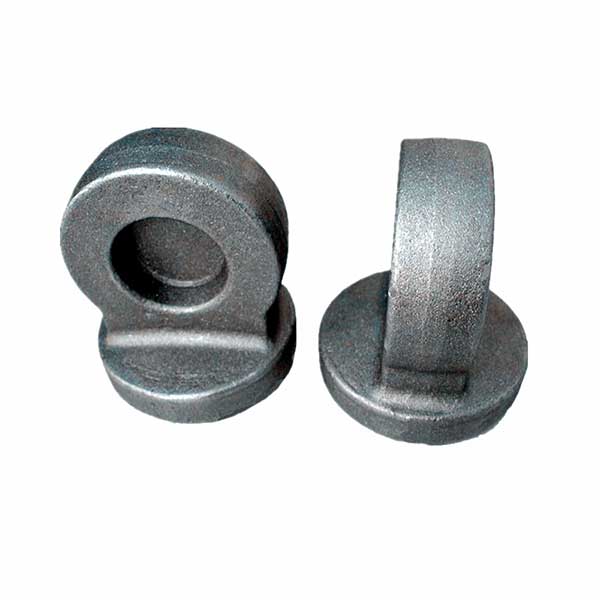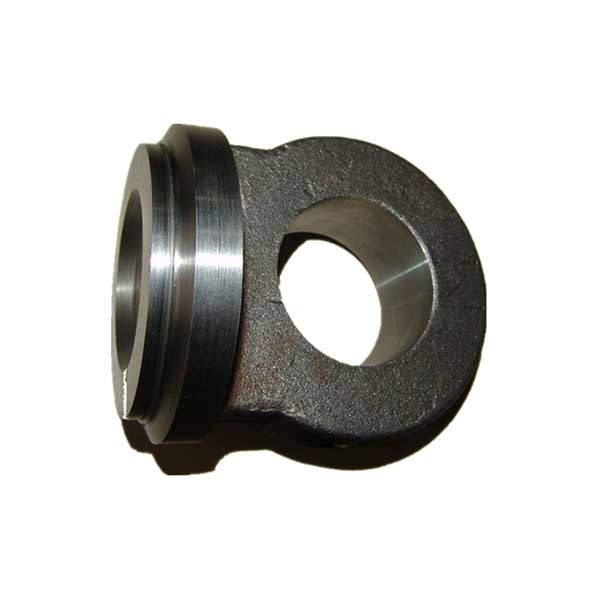Hydraulic machine cylinder base forging process
1. Upsetting. Forgings can reduce the length of the ingot or billet and increase the cross section to produce forgings such as impellers, gears and discs.
2. Extension. Reduce the cross section of the blank and increase its length, such as production shaft, forging billet, etc.
3. Staggered. The part of the blank is displaced relative to the other part, staggered from each other, and the axial lines are still parallel to each other, and are mostly used for the production of the crankshaft.
4. Punching. Punch all through holes or semi-through holes in the blank.
5. Cutting. The billet is cut into several parts, such as cutting the riser of the ingot and the remaining material at the bottom.
6. Bending. The parts of the blank are bent along the axis into various angles according to the requirements of the workpiece.
7. Reversed. One part of the blank is turned to the other axis at a certain angle to the other axis, and is mostly used for producing a crankshaft.
8.Forging welding. The two blanks are forged into a single piece.








